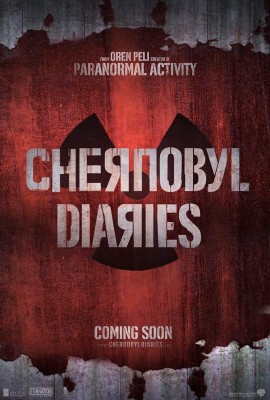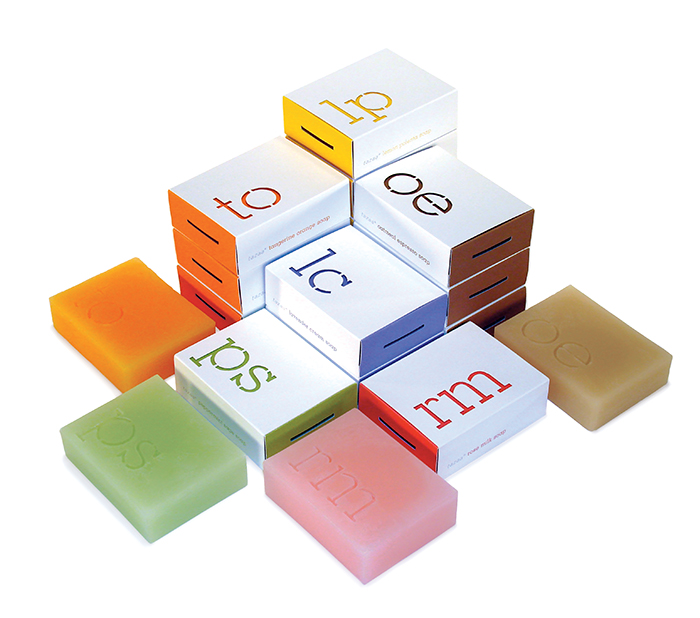Once upon a time, Hollywood could sell a movie with a trailer, some posters and a few billboards. Today, studios struggle to fill seats past opening weekend even with massive marketing budgets.
Though the film industry grosses billions of dollars each and every year, very few films actually turn a profit because of the tremendous costs accrued during production and later on in advertising. To further exacerbate the situation, a picture really only has its opening weekend to gain traction and garner positive reception from its audiences, mainly, because reviews in the paper as well as those from friends and family members can make or break a film.
In a Stradella Road study, conducted by surveying 4,000 moviegoers, 29% said they were much more likely to see a film that was reviewed positively by a professional movie critic. 41% said they were if they heard the review from a fellow moviegoer. Conversely, only 28% decided not to see a film because a professional critic negatively reviewed it. 40% said they would not if a fellow moviegoer gave a similar negative review. With so many potential blockbusters fighting for the same key demographics, Hollywood relies on a few hits each season to make up for the majority of films that fail to recoup their costs.
Each major studio has a marketing department dedicated to creating and executing a cohesive advertising campaign across several different mediums. Theatrical trailers are often the first interaction a studio has with its prospective target audience where it provides moviegoers a sampling of a film’s strong suits while leaving them wanting more. At or around the same time, an interactive web site for the film is unveiled. A typical movie site allows visitors to view multiple versions of the trailer, watch behind-the-scenes interviews, short production documentaries, download media, play games and chat in forums.
As the release date of a film draws closer, marketers try to gain favorable press coverage as early as possible. This usually takes form in junkets, press releases as well as interviews on TV and on the radio. More recently, online Q&A sessions with the makers and stars of films have become increasingly popular.
Just weeks before a movie premiers worldwide, movie marketers start an all-out public relations blitz that serves two purposes. First, with the constant bombardment of ads in the paper, on billboards, TV, radio, online, the goal is to turn a movie into a household name where it ends up being more difficult for anyone not to notice the movie’s release. Second, the media blitz serves to convince the public that the film is something that cannot be missed.
Another strategy is to use product placement, better known as tie-ins, and corporate partnerships that go beyond action figures and lunch boxes. Disney lined up an estimated $100 million in Avengers-related marketing by partners including Hershey, Harley-Davidson, Wyndham Worldwide and Honda Motor’s Acura, which served to supplement Disney’s own estimated $150 million marketing budget as well as position itself in stores across the country.
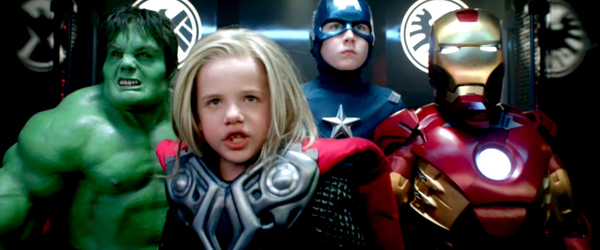 Target’s “Young Avengers” Commercial
Target’s “Young Avengers” Commercial
Despite all this, moviemaking remains to be an inherently risky business. Movies implode just as frequently as ever, if not more so, on the basis that moviegoers are more discerning than ever. Studios try to mitigate this by heavily marketing films to protect their investments, but the downside is that, in the process, films inevitably become more expensive.
The Shawshank Redemption is listed in the top spot on IMDB.com’s Top 250. In 1994, when it was released in theaters, it raked in a very modest $28,000,000. Ironically, it would later earn seven Academy Award® nods and be played weekly on network television for the next 18 years. The simple fact of the matter is that while it underperformed at the box office for several reasons, poor marketing was a major factor. At the time of its release, no one knew what the movie was about.
This very same problem played itself out again this year in John Carter. Aside from the blunders often cited in papers, at around the time of its release, very few people knew that the film was based on an Edgar Rice Burroughs cult-classic published between 1912-1943 that, per Wikipedia, “inspired a number of well known science fiction writers in the 20th century, and also key scientists involved in both space exploration and the search for extraterrestrial life.” That much was left out of the marketing campaign that went completely under the radar. Instead, the studio tried to make the film as inclusive as possible and advertised it to the widest demographic in Disney’s kid friendly format, which resulted in disaster for the studio.
The better alternative here would have been to implement a niche busting marketing plan. For the film industry, this would entail marketing a movie heavily to highly specific audience segments rather than solely based on genre. For a film like John Carter, something as simple as promoting at Comic-Con would have likely gone a long way, but Disney skipped out there. On average, 125,000 sci-fi, comic and cartoon enthusiasts attend conventions each year around the country, and they might have backed the film in its infancy. Instead, the studio missed what would have been a golden opportunity.
12-weeks prior to the release of The Hunger Games, the film boasted over 2,000,000 fans on Facebook. At that same benchmark, John Carter had around 40,000. According to the Pew Research Center, 95% of teenagers between 12-17 use social media and watch twice as much video on mobile devices. Because this demographic shells out more money at the theater than any other, a big push into social media wouldn’t have hurt.
Conveniently, promoting a product online is much cheaper than buying spots on primetime television. While there are other factors that come into play like having the right script, director, cast and crew. Providing context to the Burroughs’ legacy would have very obviously helped. Casting someone else in place of Taylor Kitsch could have as well. While casting an A-list star doesn’t guarantee success, it does lend itself a fan base and generates buzz.
There are a countless number of ways the marketing strategy and execution could have been done differently, but hindsight is 20/20. It’s one thing to promote a movie like every other that preceded it and all the ones it’s presently or soon to be competing with. It’s another to make it stand apart. Knowing and understanding who your target market is and what they want is the first step.
Linked is our next installment in this series on movie marketing.
Photo Credit: ChristieTaylorOnline
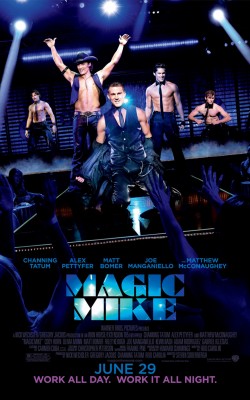 Set in the world of male strippers, Magic Mike is a story inspired by Channing Tatum’s life, more specifically, the portion that came before the fame when he actually was a stripper. The film follows Mike (Channing Tatum) as he takes a young dancer, the Kid (Alex Pettyfer), under his wing and teaches him in the fine arts of partying, picking up women and making easy money. It all seems glamorous and thrilling at first for the Kid, but the film also reveals a darker and more dangerous side fueled by cash and drugs.
Set in the world of male strippers, Magic Mike is a story inspired by Channing Tatum’s life, more specifically, the portion that came before the fame when he actually was a stripper. The film follows Mike (Channing Tatum) as he takes a young dancer, the Kid (Alex Pettyfer), under his wing and teaches him in the fine arts of partying, picking up women and making easy money. It all seems glamorous and thrilling at first for the Kid, but the film also reveals a darker and more dangerous side fueled by cash and drugs.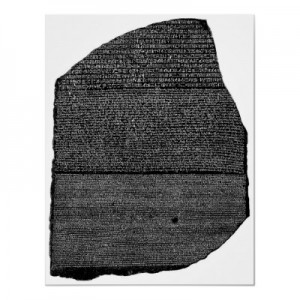
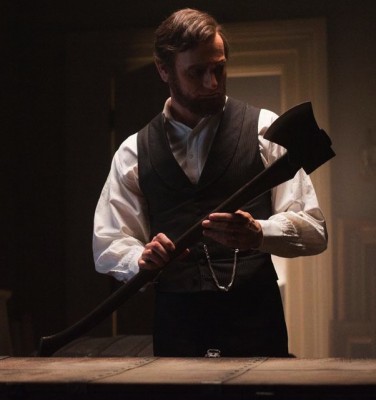



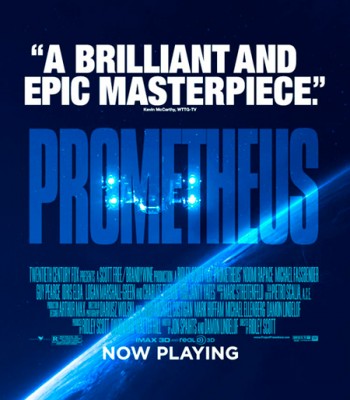

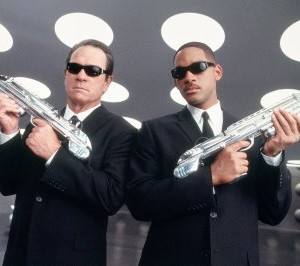 Agents J (Will Smith) and K (Tommy Lee Jones) are back in
Agents J (Will Smith) and K (Tommy Lee Jones) are back in 